Do you have a question about the Hoval BioLyt (8-36) and is the answer not in the manual?
Details on required fuel quality and proper pellet delivery procedures.
Contact details for Hoval sales and service centers.
Fields for heating engineer to record boiler and system specifications.
Explanation of symbols used in the operating manual to highlight important information.
Crucial safety guidelines for operating personnel and protection of the system.
Precautions and safety measures when entering pellet storage areas.
Precautions regarding water quality, circulation pumps, and leak-tightness.
Explanation of the BioLyt's internal combustion and heat transfer processes.
How the optional automatic pellet feed system transports pellets from storage to the boiler.
Details the primary functions of the boiler's central control unit.
Guidance on optimizing system operation for energy efficiency and comfort.
Description of the information shown on the basic display screen.
Introduction to the control panel buttons and how to change settings.
Step-by-step guide on how to adjust system parameters using the controller.
Guidance on resolving frequent operational issues and system behavior.
Detailed description of each key and its function on the boiler control panel.
Instructions for setting desired daytime and night-time room temperatures.
Overview of different operating modes like HOLIDAY, ABSENT, AUTOMATIC, SUMMER, etc.
Step-by-step guide for setting specific absence or special event operating modes.
Instructions for selecting standard operational modes like AUTOMATIC, SUMMER, HEATING.
How to set individual heating and domestic hot water (DHW) switching time programs.
Procedure for copying programmed switching times from one day to another.
Explanation of the heating curve and how to adjust it for optimal heating.
Instructions for setting the desired temperature for domestic hot water.
How to manually boost the hot water calorifier temperature.
Setting the reduced temperature for domestic hot water during economy periods.
Guide to setting the correct time, date, and summer/winter time.
How to automatically or manually switch between summer and winter time.
How to change the display language for the boiler controller.
Procedure to reset custom switching times to factory defaults.
Information for heating engineers on manual operation and its functions.
How to view system temperatures and heating circuit information.
Viewing the current operational status and parameters of the heat generator.
Displaying and resetting pellet consumption meters and cleaning prompts.
Configuring periods when the extraction system is disabled.
Explanation of system symbols and how to handle maintenance prompts.
Description of optional accessories like room stations for enhanced control.
Locating and understanding the purpose of the blocking switch and reset button.
Interpreting error codes and messages from the heating regulator.
Understanding fault messages indicating a malfunction in the boiler.
Comprehensive list of alarms, their codes, and potential causes for the heating regulator.
Detailed list of boiler controller error codes, their descriptions, and recommended actions.
A step-by-step guide to identify and resolve common system faults.
Procedure for checking and topping up the heating system water level.
Key checks and initial burner start procedures during system commissioning.
Instructions for safely emptying and removing the ash box.
Procedure for refitting the ash box and resetting the 'W:40' cleaning message.
Tasks required for annual or major maintenance, performed by a heating engineer.
Steps for cleaning the flue gas collector, sensors, and related parts.
Instructions for cleaning the combustion chamber, burner, and ignition tube.
Cleaning procedures for the burner mechanism, pellet hopper, and suction module.
Guidelines for maintaining the pellet storage room and checking ventilation.
Practical advice on reducing heating consumption and improving efficiency.
Instructions for the separate disposal of boiler parts and materials.
| Fuel | Wood pellets |
|---|---|
| Nominal heat output range | 8-36 kW |
| Efficiency | Up to 95% |
| Type | Pellet boiler |
| Feed system | Automatic |
| Emissions | Low emissions, meets EN 303-5 |
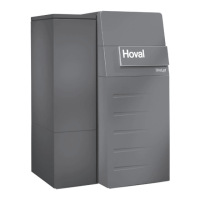

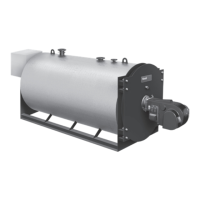



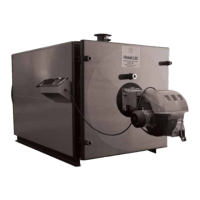

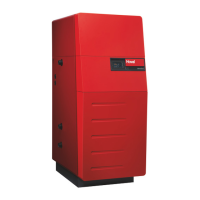

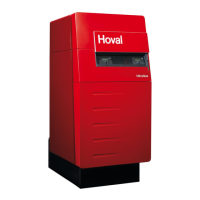

